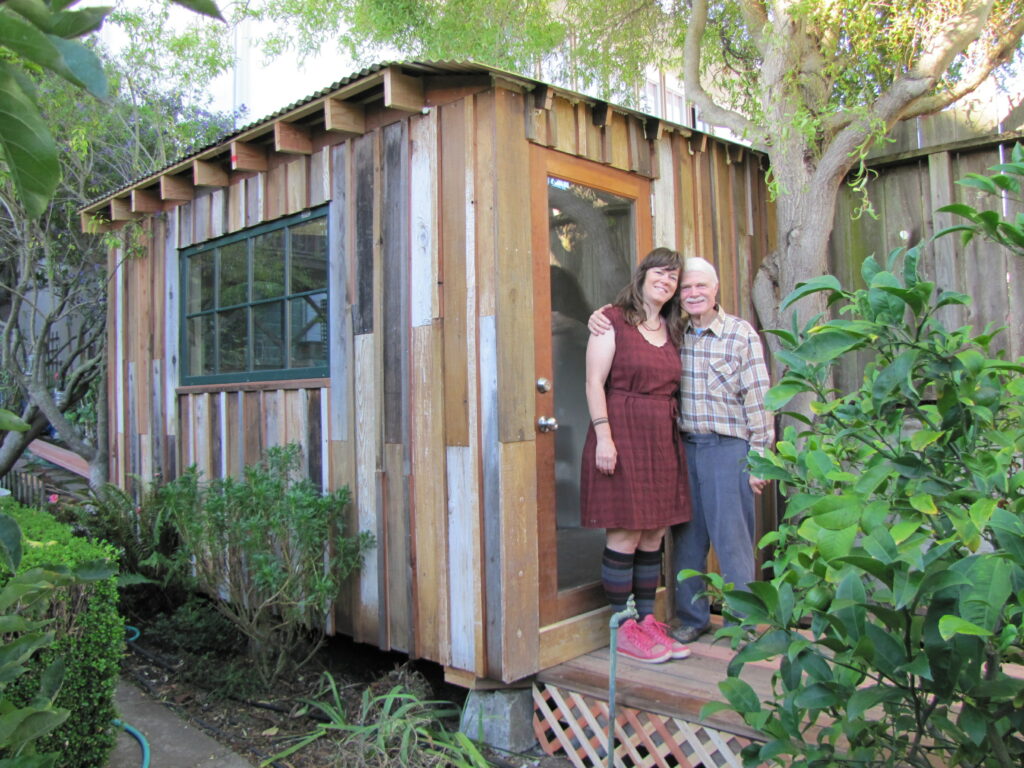
Building with reclaimed wood re-uses old wood recovered from a variety of sources. It is usually taken from existing structures like old barns or homes in the process of being demolished, but it can also be taken from gym bleachers, wine casks, shipyards, shipping materials, and many other sources.
Using reclaimed wood can be a more sustainable alternative to new wood and other building materials. It can also add character and comfort to your home.
The construction industry is a huge consumer of natural resources, and 80-93% of its CO2 emissions come from the production of raw materials, including lumber. Lumber is a multi-billion dollar global commodity, and 8-10% of new wood is forested illegally, according to the World Wildlife Fund.
Deforestation is a widely known global problem; forests play an important role that in sequestering carbon. Nearly half of the world’s top 100 tropical timber and pulp companies have not committed to sustainable forestry practices. But even the sustainable harvesting of legally obtained new wood reduces the amount of stored carbon in a forest.
A building with reclaimed wood gains points toward certification from the U.S. Green Building Council’s LEED program, or even certification from the more rigorous Living Building Challenge. The Forest Stewardship Council also certifies that the wood you are using is reclaimed.
As with any human activity, the process of reclaiming wood is not without its environmental impact. Reclaimed wood may need to be salvaged, treated to remove molds and pests, de-nailed, milled, kiln-dried, planed, sized, and shipped. Yet compared with other building materials, the environmental benefits of reclaimed wood are obvious.
Reclaimed wood has already been exposed to the environmental pressures that tend to warp and split new wood, meaning it may be of better quality and will last longer. Floor boards are less likely to warp or creak, and doors and windows are more likely to continue to hang straight.
Wood that would otherwise end up in the landfill can be used to benefit the local economy, using local artisans and construction crews, who are often from low-income communities and communities of color.
Reclaimed wood is more likely to have been harvested from older trees, so its wood is often denser and stronger. The dense nature of reclaimed wood makes it less susceptible to fire.
You can read the original article at www.treehugger.com

Wow, I never knew that you could use reclaimed wood as a sustainable building material that gives out a natural aesthetic to your home. I heard that my colleague plans to invest in building his dream home after paying for his car. I believe this information can convince him to find a lumber company and make this purchase!
As always, your work inspires me Kelly. Thank you for sharing.